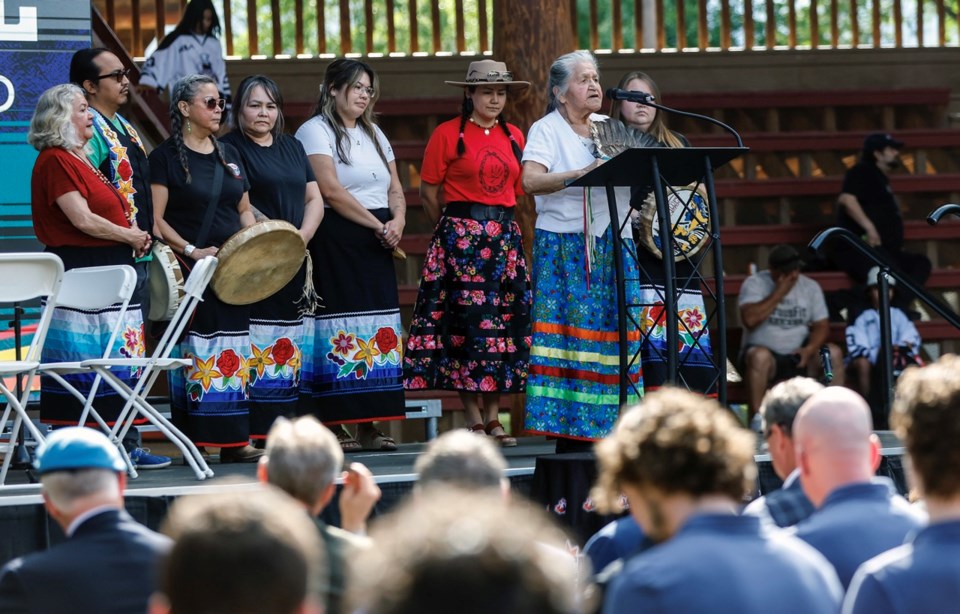Financial stability is slipping further out of reach for older adults in New York City, as new data reveals a sharp rise in poverty, unstable retirement income, and increasing workforce participation among residents aged 65 and older.
According to a policy brief supported by AARP, more than 250,000 older New Yorkers—250,901 residents aged 65 and over—were living in poverty in 2023, marking a 40.9 percent increase since 2013. This rate of growth far exceeds the city’s 33.5 percent increase in its older adult population over the same period.
“This goes beyond just a few extra dollars for the [Department for the Aging],” said the Centre for an Urban Future.
With 1.37 million older adults now calling New York City home—the largest number in its history—seniors make up 16.1 percent of the city’s total population. As this demographic grows, so do the challenges they face.
Currently, 18.4 percent of older New Yorkers live in poverty. The problem is especially acute in the Bronx, where 24.9 percent of seniors are impoverished, and Brooklyn, where the rate stands at 20.8 percent.
One of the key factors contributing to this crisis is lack of retirement security. Nearly one in five older adults—18.8 percent—do not receive Social Security, the most common source of retirement income. Instead, 11 percent rely on Supplemental Security Income, which provides minimal financial support.
As living costs rise and personal savings fall short, a growing number of seniors are staying in or re-entering the workforce. Self-employment is on the rise, with 47,880 older adults now working for themselves—nearly one in five employed seniors. Among Asian seniors, self-employment has surged 148.5 percent, underscoring the growing financial pressure on aging immigrant populations.
In Brooklyn, the challenges are particularly pronounced. The borough’s older adult population grew 33.6 percent over the past decade, yet poverty remains widespread and persistent. More than 82,000 older adults in Brooklyn now live below the poverty line. Hispanic and Asian seniors are the most affected, with poverty rates of 27.5 percent and 26.9 percent, respectively.
Although the overall poverty rate among older adults in Brooklyn declined slightly, the sharp rise in the number of seniors experiencing poverty—particularly among immigrant populations—signals ongoing and deepening hardship. Nearly two-thirds of Brooklyn seniors over age 70 have no retirement income, and one in five do not receive Social Security. Meanwhile, employment among older adults has nearly doubled, with many working past retirement age out of economic necessity.
These trends paint a stark picture of a city where aging with dignity is no longer a given. Advocates say the findings demand urgent, multifaceted solutions—including affordable housing, targeted income supports, and greater access to financial services.
“There is a crisis of older adult poverty and we need a multifaceted approach to address it,” the Centre for an Urban Future said.
The policy brief builds on findings from “Keeping Pace with an Aging New York State,” a January 2023 report, and calls on city and state leaders to confront what it describes as a growing financial security crisis among older New Yorkers. Without swift, coordinated action, hundreds of thousands of seniors may face deepening hardship in the years to come.




